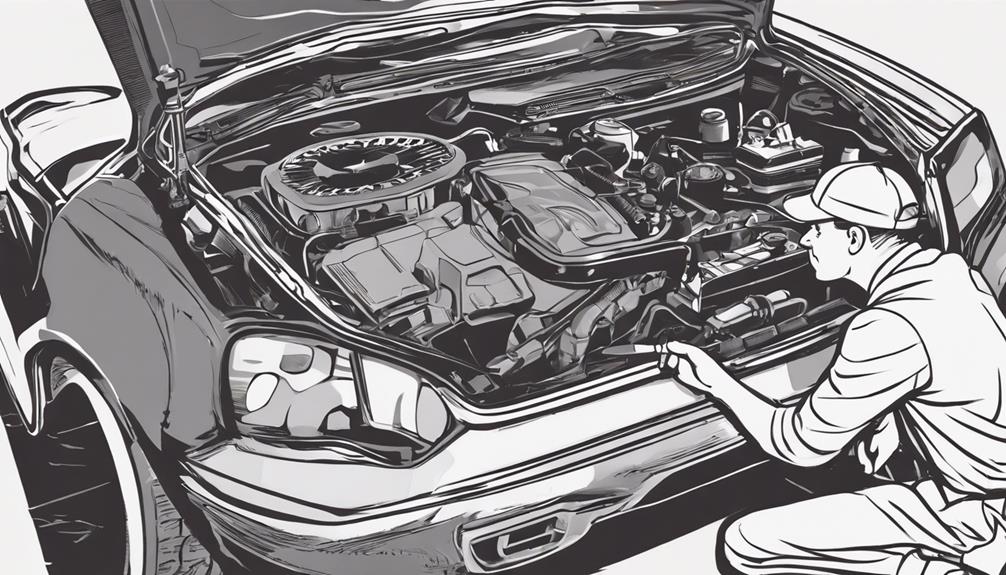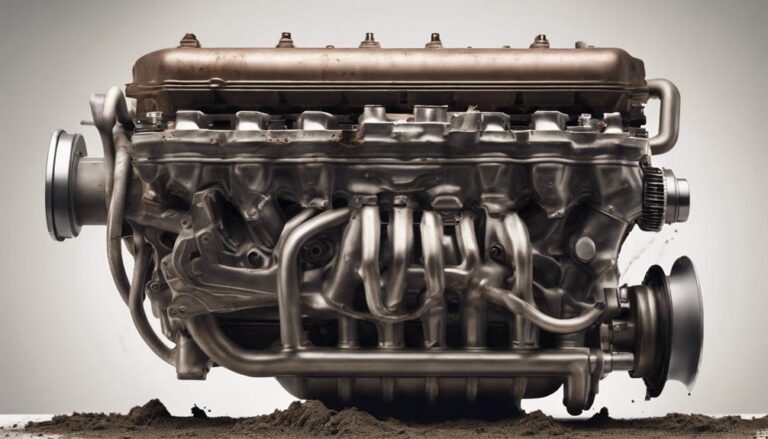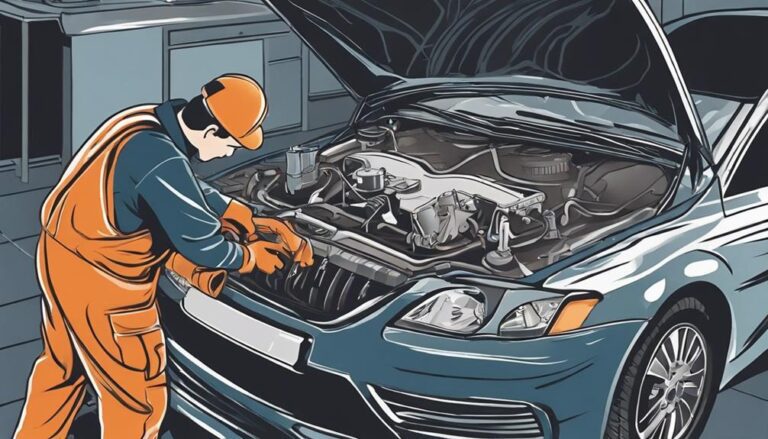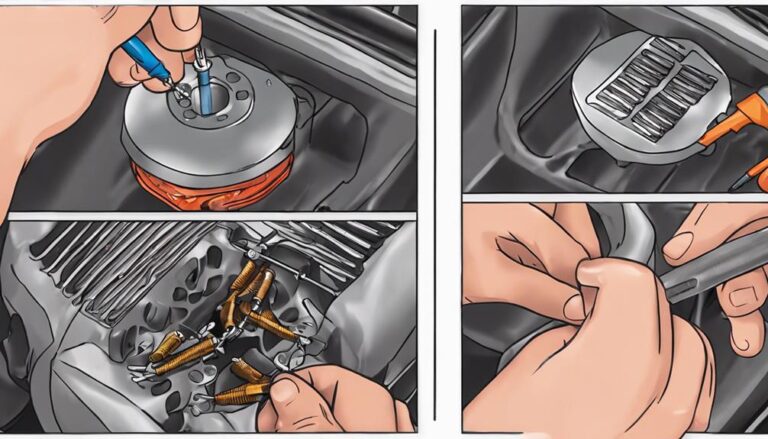5 Best Solutions for Heater Core Vs Blower Motor Problems
If you've ever dealt with heater core or blower motor issues in your vehicle, you might have found the repairs challenging and costly. However, fret not, as we've compiled the 5 best solutions to tackle these common problems efficiently.
From simple inspections to more complex replacements, these strategies will help you address the issues effectively.
Stay tuned to discover how you can get your heating system back in top shape without breaking the bank.
Key Takeaways
- Regularly inspect heater core and blower motor for leaks and damage.
- Troubleshoot blower motor efficiency using a multimeter.
- Maintain proper coolant levels and monitor temperature gauge.
- Seek professional assistance for accurate diagnosis and preventive maintenance.
Inspect for Leaks and Blockages
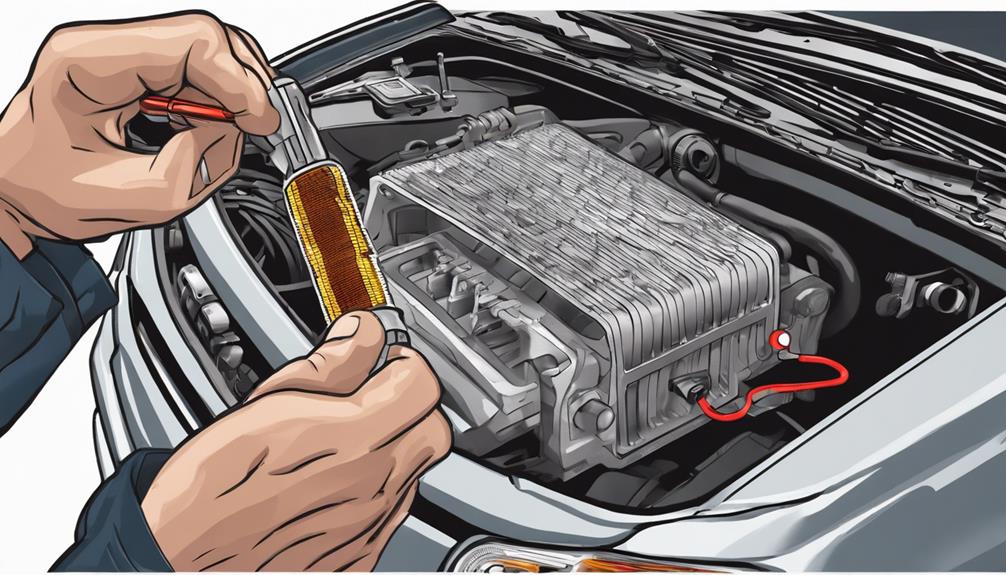
To check for leaks and blockages, visually inspect the heater core and blower motor components for any signs of damage or obstructions.
Start by evaluating the heater core for any indications of leaks, which can lead to a lack of heat in the vehicle cabin. Conduct a thorough heater core diagnosis by examining for moisture or coolant residue around the core.
Additionally, check the blower motor for troubleshooting purposes. Look for any debris or obstructions that may impede the motor's operation and airflow. A malfunctioning blower motor can result in insufficient heating or cooling inside the vehicle.
Flush the Heater Core
Inspecting for leaks and blockages is important for diagnosing heater core and blower motor problems. To address potential issues, the next step is to flush the heater core. Heater core maintenance is essential for the proper functioning of your vehicle's heating system. Flushing the heater core helps remove any debris or sediment that may be blocking the flow of hot coolant, thereby restoring heat to your vehicle's interior. Below is a table outlining the steps to flush your heater core effectively:
| Steps to Flush Heater Core |
|---|
| 1. Turn off the engine. |
| 2. Locate the heater core. |
| 3. Disconnect hoses. |
| 4. Flush with water. |
| 5. Reconnect hoses. |
Test and Replace Blower Motor
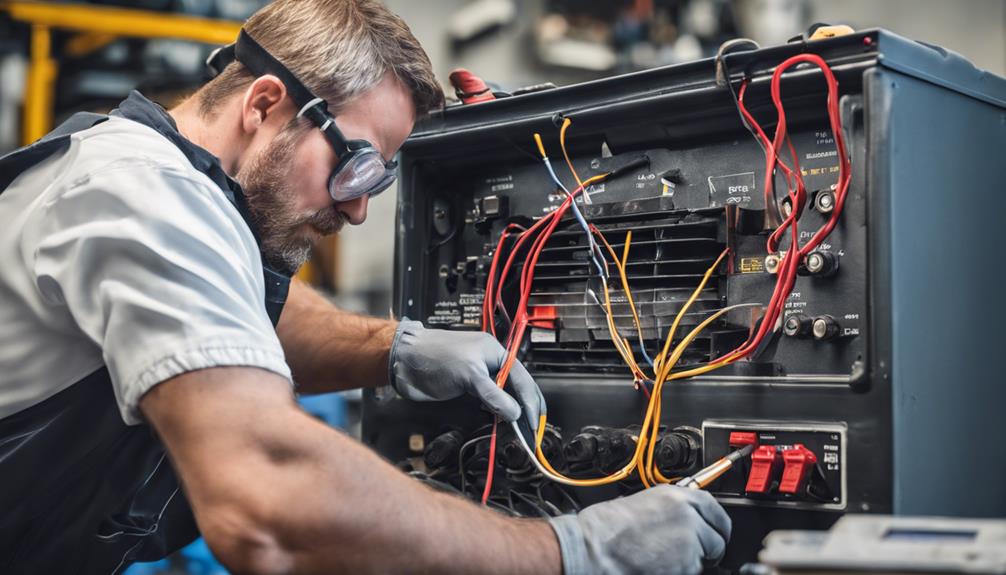
When diagnosing issues related to blower motor problems, a key step is to test and potentially replace the blower motor. Testing the blower motor is essential to determine its efficiency and whether it's the root cause of the heating or cooling issues in your vehicle.
To test the blower motor, you can start by checking the motor's connections, fuses, and relays to make sure they're functioning correctly. Then, using a multimeter, assess the motor's voltage and current to verify if it's drawing the right amount of power.
If the blower motor fails these tests, it may be time for a replacement. When opting for a motor replacement, make sure you choose a compatible and high-quality replacement part to guarantee optimal performance. Installing a new blower motor can greatly improve the airflow and temperature control in your vehicle's HVAC system.
Check Coolant Levels
Are your vehicle's coolant levels within the suggested range for peak performance and temperature regulation? Proper coolant levels are critical for maintaining the best functioning of your vehicle's heating system. Here are essential steps to make sure your coolant levels are where they should be:
- Check Coolant Reservoir: Regularly inspect the coolant reservoir to verify that the fluid is at the correct level. Low coolant levels can lead to heating issues.
- Monitor Temperature: Keep an eye on your vehicle's temperature gauge while driving. If you notice it running hotter than usual, it could be a sign of low coolant levels.
- Inspect Hoses: Check the hoses connected to the radiator and heater core for any signs of leaks or damage. Cracked hoses can lead to coolant loss.
- Use Proper Coolant: Make sure you're using the correct type of coolant recommended for your vehicle. Mixing different types can cause problems with temperature regulation.
Seek Professional Help

To address any unresolved heater core or blower motor issues effectively, consulting a certified automotive technician is recommended. Hiring experts in automotive heating systems guarantees thorough troubleshooting steps are taken to identify the root cause of the problem. These professionals have the knowledge and experience to diagnose complex issues related to heater cores and blower motors accurately.
When you hire a skilled technician, they'll perform a detailed inspection of the heater core and blower motor components. Through their expertise, they can pinpoint any faults or malfunctions that may be causing your heating system problems. By entrusting the troubleshooting process to a qualified professional, you can save time and avoid potential misdiagnoses that could lead to costly repairs down the road.
Frequently Asked Questions
Can a Clogged Heater Core Lead to Other Issues in the Vehicle's Heating System?
If a clogged heater core isn't addressed, it can cause performance issues in your vehicle's heating system. Regular maintenance, like flushing the system, can prevent this and guarantee peak heating efficiency. Neglect may lead to costly repairs.
How Often Should the Heater Core Be Flushed to Prevent Blockages?
To keep your heater core in top shape, flush it every 2-3 years. Regular heater core maintenance prevents blockages and guarantees efficient heating. Don't overlook this crucial task; it's key to a cozy ride.
What Are Some Signs That Indicate a Faulty Blower Motor?
If you notice unusual blower motor noises or speed fluctuations, it might indicate a faulty blower motor. These signs often point to issues with the motor's bearings, wiring, or fan blades. Prompt inspection can prevent further damage.
Are There Any DIY Methods to Troubleshoot Blower Motor Problems Before Seeking Professional Help?
Feeling handy? Dive in DIY troubleshooting before calling in the pros for blower motor maintenance. Start by checking fuses, connections, and the motor itself. A little effort now can save big bucks later.
Can Low Coolant Levels Cause Damage to the Heater Core or Blower Motor?
Low coolant levels can lead to adverse effects on the heater core and blower motor. Effects of corrosion and overheating occur due to coolant leakage, compromising system pressure. Regularly monitor coolant levels to prevent damage.
Conclusion
To sum up, by regularly inspecting for leaks and blockages, flushing the heater core, testing and replacing the blower motor, checking coolant levels, and seeking professional help when needed, you can effectively address heater core vs blower motor problems.
Remember, staying proactive in maintenance can prevent major issues down the line. Take care of your vehicle's heating system, and it will take care of you in return.

